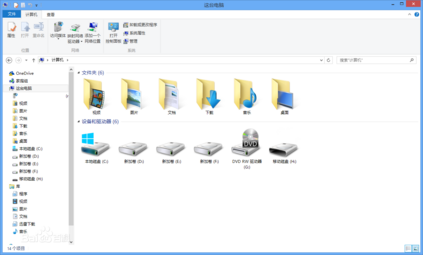IoT devices trigger real-time applications by receiving data from their vicinity. Modeling these applications in the form of workflows enables automating their procedure, especially for the business and industry. Depending on the features of the applications, they can be modeled in different forms, including single workflow, multiple workflows, and workflow ensembles. Since the whole data must be sent to the cloud servers for processing and storage, cloud computing has many challenges for executing real-time applications, such as bandwidth limitation, delay, and privacy. Edge paradigms are introduced to address the challenges of cloud computing in executing IoT applications. Executing IoT applications using device-to-device communications in edge paradigms requiring direct communication between devices in a network with a graph topology. While there is no simulator supporting simulating workflow-based applications and device-to-device communication, this paper introduces a toolkit for simulating resource management of scientific workflows in distributed environments with graph topology called WIDESim.The graph topology of WIDESim enables D2D communications in edge paradigms. WIDESim can work with all three different structures of scientific workflows: single, multiple workflows, and workflow ensembles. It has no constraint on the topology of the distributed environment. Also, unlike most existing network simulators, this simulator enables dynamic resource management and scheduling. We have validated the performance of WIDESim in comparison to standard simulators and workflow management tools. Also, we have evaluated its performance in different scenarios of distributed computing systems using different types of workflow-based applications. The results indicate that WIDESim's performance is close to existing standard simulators besides its improvements.
翻译:暂无翻译


